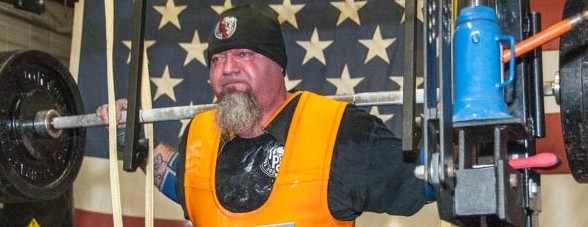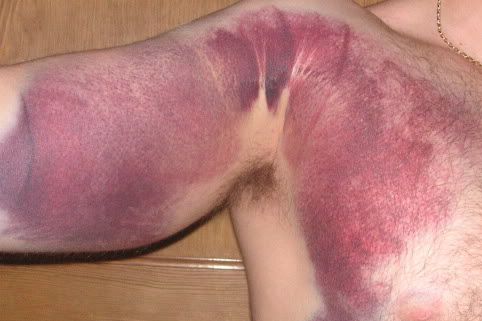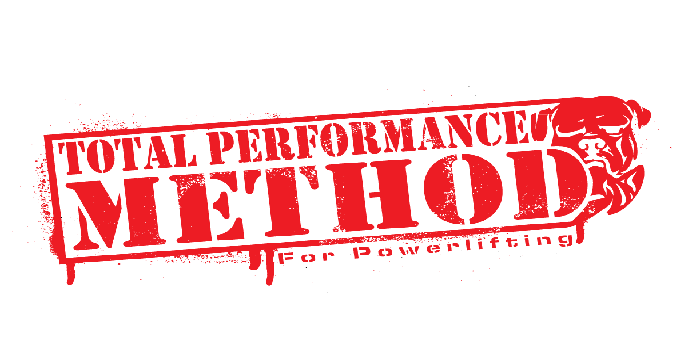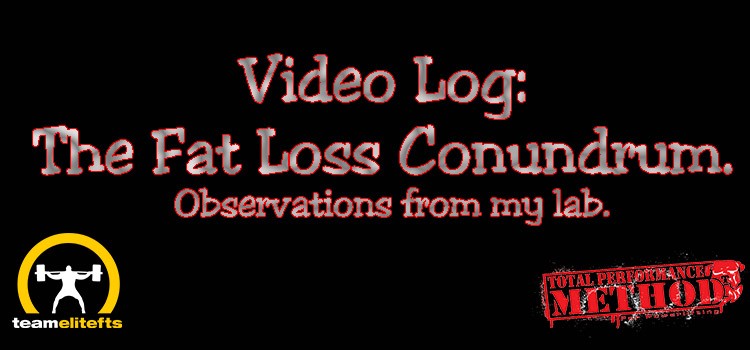
For the past few years I have been honored to be a panel member for the Exercise Physiology Grad students Merrimack University Capstone Projects. As panel members we review the candidates Capstone Projects they need to complete for graduation.
When I say honored, I really mean it.
This year I had a bunch and I chose mostly topics that I can be considered an authority on, but I did choose a few that I was not an expert on because I wanted to broaden my horizons and learn something.
My most recent one was on- Needs Assessment of Kinesiophobia/the Fear of Re-Injury in High School.
Instead of me writing a description of what it is, I stole this from the Google machine:
Kinesiophobia is the most extreme form of fear of movement, and is defined as an excessive, irrational and debilitating fear of physical movement and activity resulting from a feeling of vulnerability to painful injury or reinjury.
In a nutshell and plain English, it is a fear of getting reinjured, and it affects many people, but it is more problematic when athletes return to their sport.
While I am no expert on this, I do try to keep up with pain and injury research. Pain and injury research over the past few years proves to us that those who fear reinjury, those who baby the injury and those who overcompensate either mentally or physically will get reinjured. Usually worse than before.
Again, to put it simply, those who fear reinjuring a rehabbed injury and have it at the forefront of their mind increase the likelihood of getting reinjured.
This has been proven.

We don’t need to go over stats for this, or into scientific terminology. If you like, run a Google search on it and read about it later. Trust me when I tell you that it is true.
Let’s look at the fear of reinjury and why what you think and what you say matters.
So, if we know that those who have an unreasonable fear of getting reinjured will indeed most likely get reinjured, and possibly more severely that the original one, what do we do to prevent it?
Well its’ not too complex.
What you think and what you say matters.
The brain is very powerful. Subconscious and conscious thoughts can have a high likelihood of becoming reality.
Think about you own training.
Have you ever walked up to the bar and were not sure if you could make the lift? Or have you ever had serious doubts about the lift?
I’ll bet it didn’t go well.
On the other hand, have you ever walked up to the bar knowing that you can dominate the lift and then successfully smashed it?
Most likely.
That is the power of your brain. Obviously this only matters if the weight was a proper choice.
I’m not talking about the new lifter that goes to a meet and takes a 300 pound squat for a 2nd attempt, grinds the shit out of it, and then calls for 385 for a 3rd.
That is not happening.
But what about the lifter who takes 300 for a 2nd, SMASHES it, and the coach calls for 310, but the lifter is terrified?
They will talk, themselves out of it. I’ve seen it a thousand times.
This also is the power of your brain.
What you think matters.
Moving on to what you say, this is for the coaches and trainers.
How you talk to your athletes and clients matters. Much more than you think.
Think about this.
Let’s say that you have a lifter that had a tweak to their hamstring and they come in the gym and you plant a negative seed.
Scenario A:
-Lifter walks in the gym-
Coach: He buddy, I hope that hammy is not hurting. Let’s really be careful to not reinjure it.
Lifter: OK coach. (And they are now thinking about it, probably getting nervous too.)
Congrats coach. You have set them up to fail. Great job.
Scenario B:
-Lifter walks in the gym-
Coach: Hey buddy. I hope you got a good night’s rest and ate well. Let’s get our warmups done and get to the main movement. We’re going to have a great training session today.
Lifter: Hell yeah coach! (They are now thinking about getting properly warmed up and then smashing training.)
You have now set them up to succeed. Good job coach.
What you say matters.
There are countless examples of things you can say that will put a negative thought process in play for your client or athlete. There are also countless ways to implant a positive seed.

As a coach, you need to put positive thoughts in their minds and prepare them to perform.
You also need to pay attention and watch their movement. If it seems off, back off or modify the session, but don’t say it’s because you fear reinjury.
Be creative.
Try something like: we are going to do “X” because I want you fully recovered from today’s training so we can continue making progress.
Don’t say: Your movement looks off, are you afraid of hurting the hammy? OK then, let’s modify our plan so you don’t get hurt.
This absolutely will get the in a negative mindset and possibly set them up to fail today, tomorrow or next week.
Use tools to help.
We have many tools available to give ourselves and our athletes.
One of the biggest ones, proven through research is desensitization, specifically through visualization.
Have your athlete perform visualization of them performing their lift or sport perfectly.
If this visualization is done over and over, the athlete is desensitized to the stressor and sees themselves succeeding. Sounds hokey, isn’t.
Positive visualization allows them to see themselves performing perfectly.
If we plant a negative seed they/we tend to over focus on the lift or play that caused the injury. This increases stress.
Get it?
We, as coaches can also desensitize lifters to something that caused injury by inducing flaws through fatigue. I do this in my programming all the time.

Let’s say you are one of those coaches who has people working at 95% + a lot. If the lifter executes a flaw on the lift, it will be at a high rate of speed that they most likely will not be able to recover from and will possibly get hurt.
EG:
A Squat done at 95% where the lifters hips rise first and they dump forward will be a lot faster than if this occurred through fatigue.
Weak points are weak points. The same one that appears at 97.5% for a single will appear at 80% for 5 (RPE 10 on my scale) but it will show up sooner, maybe a little on rep 4 and then more on rep 5. And it will be slower allowing them to either correct or grind through at a lower speed.

Managing flaws through fatigue allow us to see the flaw as it begins to develop and either stop the set so they don’t get hurt, or allow them to finish and let them feel the flaw. Feeling the flaws allows the lifter to know how to correct when it counts.
It also shows us as coaches where we need to improve them through Assistance and Accessory work.
When we induce flaws through fatigue we set the lifter up for success because they know that they are capable of doing what is needed today. Especially if they trust you and the program.
Summing up:
- Plant positive seeds
- Focus on moving forward
- Use positive visualization
- Think positive thoughts
- Say positive things
- Adjust training as needed but don’t say it is due to injury
Did you miss last week’s log?
Oh, yeah, follow us on Instagram too.
@TPSMalden
@tpsmethod
DM ME QUESTIONS THERE TOO!
You might be featured in a Coaching Log
And @tpsmethod
SHARE THIS!
#bostonsstrongest
Vincere vel mori
C.J. Murphy
May 6, 2021










